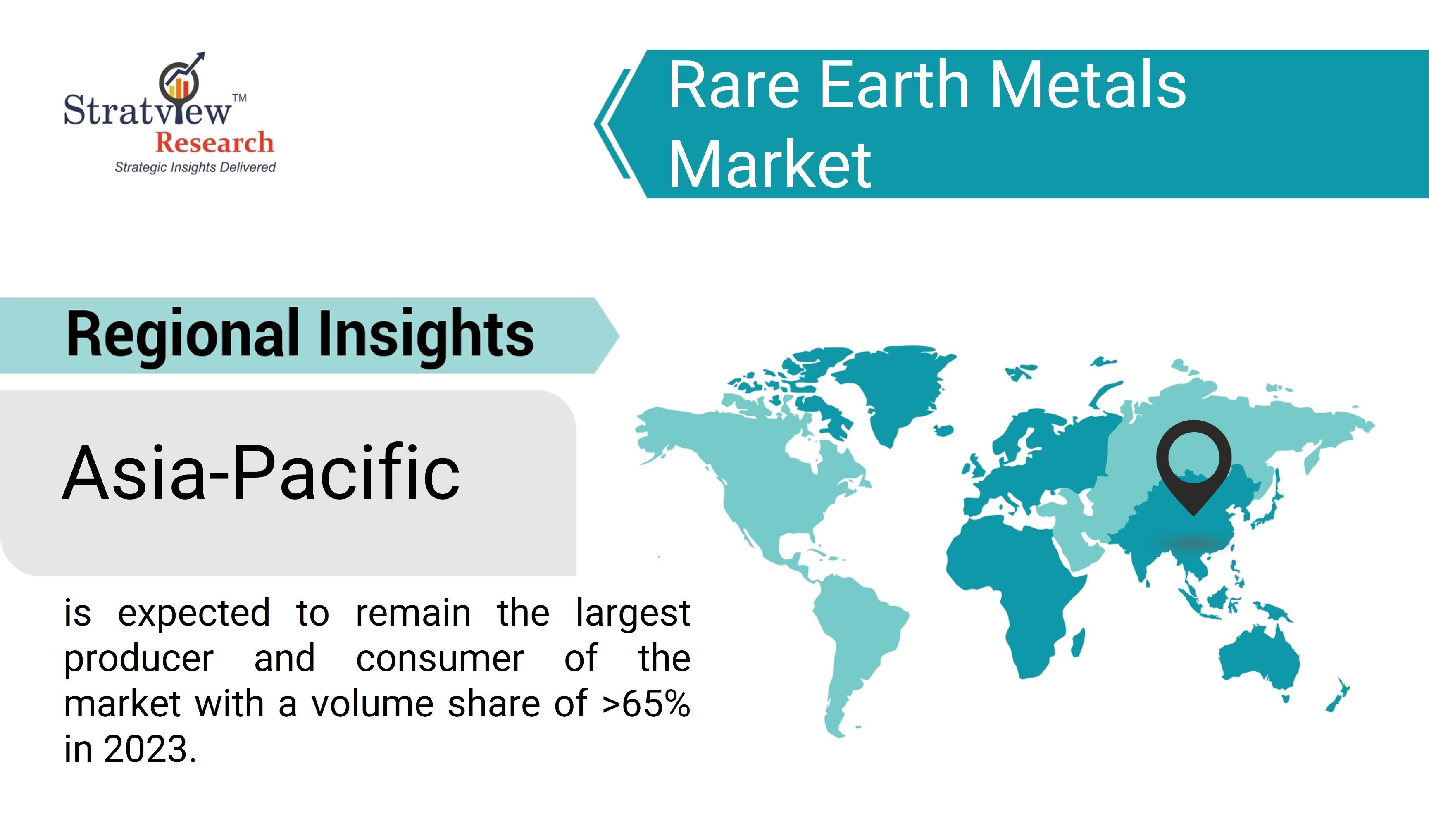The Dynamics of Rare Earth Metals: Drivers of Market Expansion

The rare earth metals market is a vital component of the global economy, underpinning advancements in technology, renewable energy, and defense systems. As the demand for these critical materials grows, understanding the drivers of market expansion becomes essential for stakeholders aiming to capitalize on this dynamic industry.
According to Stratview Research, the rare earth metals market was estimated at USD 5.3 billion in 2023 and is likely to grow at a CAGR of 12.67% during 2024-2030 to reach USD 12.23 billion in 2030.
Key Drivers of Rare Earth Metals Market Expansion
- Technological Advancements: Rare earth metals are indispensable in producing cutting-edge technologies. From smartphones and high-performance batteries to electric vehicles (EVs) and wind turbines, these materials enable efficiency and innovation. The shift towards miniaturized and more powerful devices has further intensified demand for elements like neodymium, dysprosium, and terbium, essential for strong magnets and energy storage systems.
- Green Energy Transition: The global move towards renewable energy is a significant market driver. Rare earth metals are crucial in manufacturing components for wind turbines and solar panels, as well as in energy-efficient lighting solutions. The push for net-zero emissions by 2050, supported by government policies worldwide, is expected to accelerate the demand for these materials.
- Electric Vehicles Revolution: The EV market is one of the fastest-growing sectors reliant on rare earth metals. Magnets used in electric motors, typically made with neodymium and dysprosium, are critical for lightweight, high-efficiency vehicles. With EV adoption projected to surge globally, rare earth metals will remain a cornerstone of the automotive industry.
- Defense Applications: Rare earth metals are vital in defense technologies, including radar systems, missile guidance systems, and satellite communications. Governments across the globe are prioritizing domestic production to secure supply chains for these strategic applications, further driving market growth.
- Geopolitical Strategies: While China remains the dominant supplier, other nations are increasing efforts to diversify sources and enhance self-reliance. Investments in mining operations in the U.S., Australia, and Canada, coupled with recycling initiatives, are boosting the supply chain's resilience and supporting market expansion.
Challenges and the Path Ahead
Despite promising drivers, the rare earth metals market faces challenges such as environmental concerns, geopolitical tensions, and price volatility. Addressing these issues through sustainable mining practices, technological innovation, and international collaboration will be key to long-term growth.
Conclusion
The rare earth metals market is poised for significant expansion, fueled by the demand for advanced technologies and sustainable energy solutions. By harnessing these drivers effectively, the industry can unlock its potential, ensuring a robust and resilient future for this critical sector.
- Art
- Causes
- Crafts
- Dance
- Drinks
- Film
- Fitness
- Food
- Games
- Gardening
- Health
- Home
- Literature
- Music
- Networking
- Other
- Party
- Religion
- Shopping
- Sports
- Theater
- Wellness


